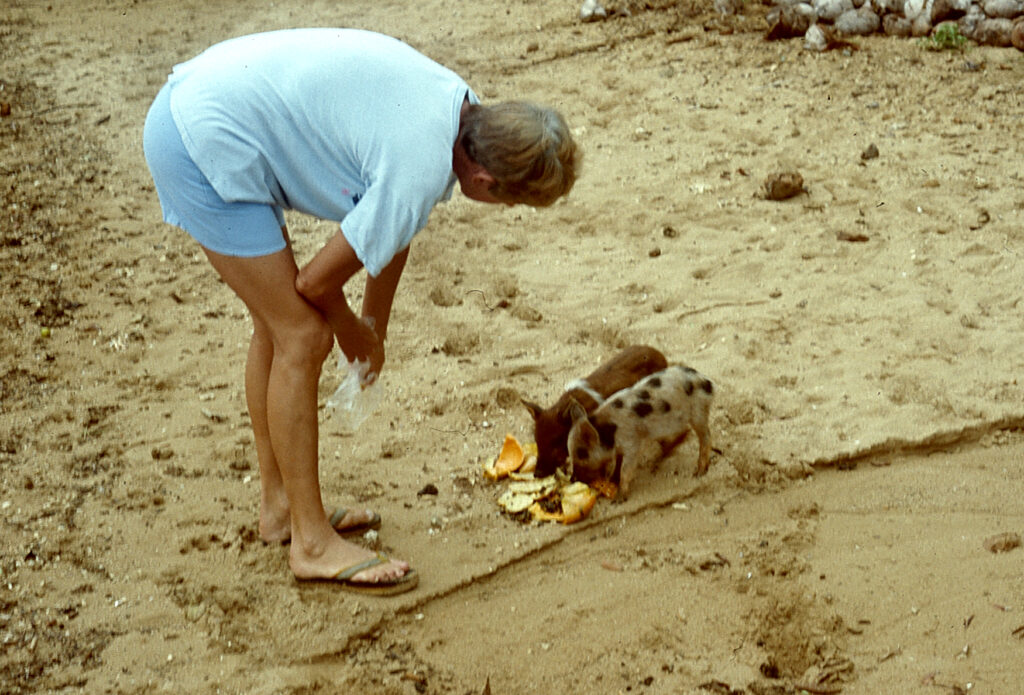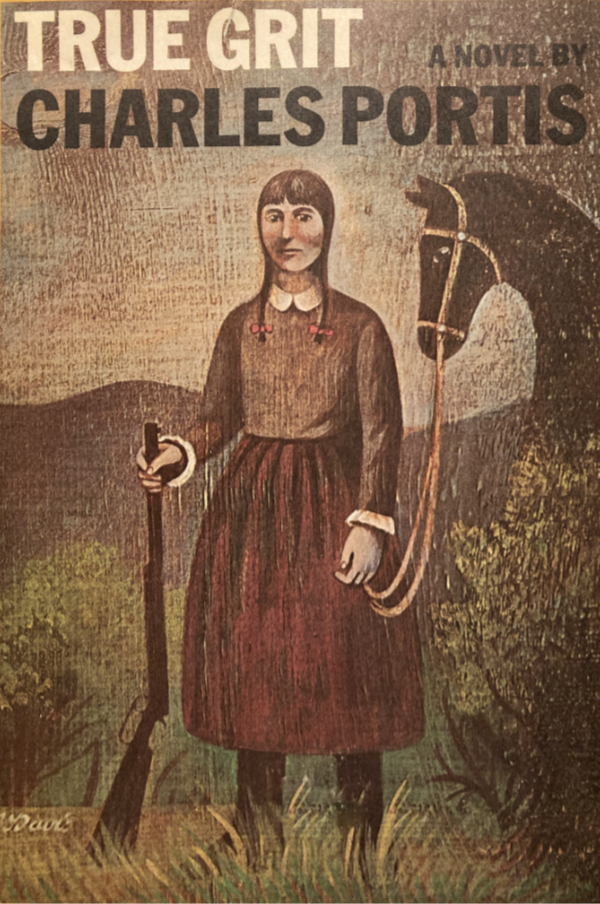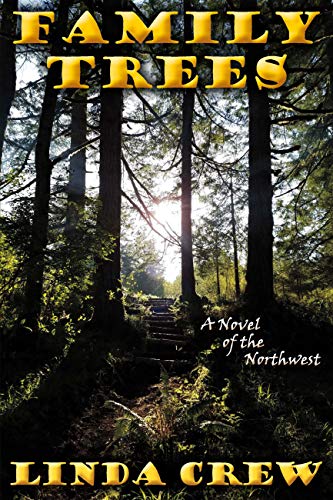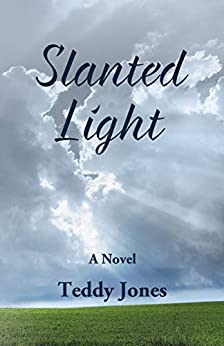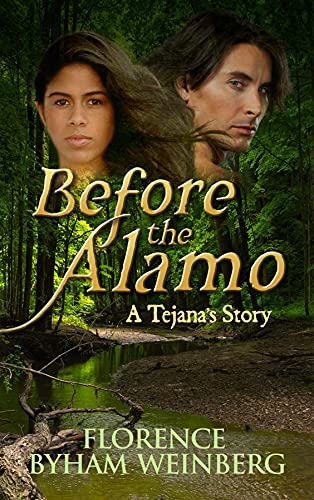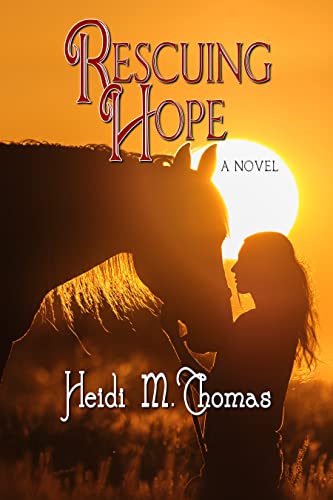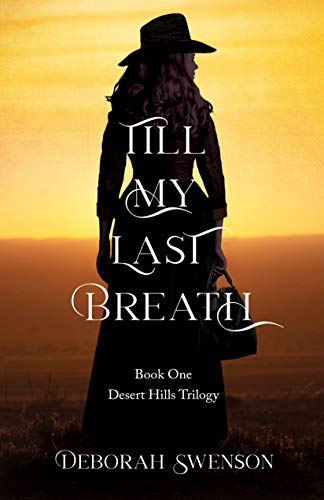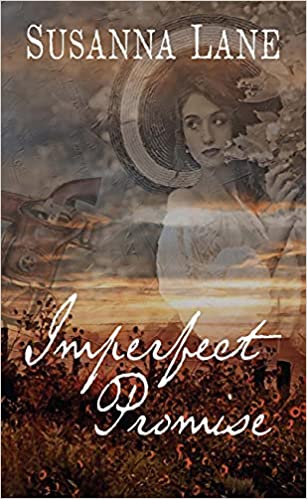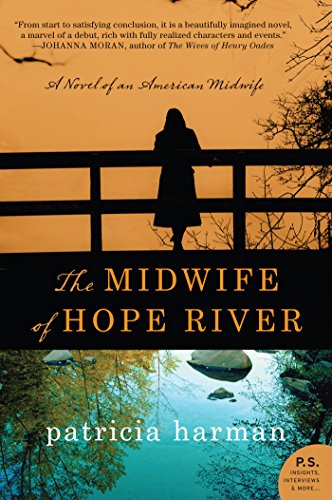
The Midwife of Hope River: A Novel of an American Midwife by Patricia Harman is one of those books that I dreaded reaching the end—I loved it so much. The story’s moving and uplifting theme transported me to a different place, to a new level of awareness.
Widowed Midwife Patience Murphy, 36, struggles against poverty in Appalachia during the late 1920s and early 1930s, where the Great Depression has brought even more misery to an impoverished area. To Patience, delivering babies is her calling. It makes no difference if the parents are black or white. Her job is to help deliver new life, to try her best to make the event a blessing, a celebration. She has no tolerance for those doctors who won’t treat blacks, who will neither call on them at home nor allow them in the “white” hospitals. There are separations in most areas of West Virginia lives, but to the midwife, there is no difference. A new life is sacred.
Daniel Hester, a taciturn Hope River veterinarian, and Patience cross paths from time to time, usually out of necessity. Hester has a passion for animals, especially horses, but doesn’t seem to need a human in his life.
Patience is no angel, she has a past and there’s always the lurking fear of it catching up to her. She also struggles financially. Sometimes she doesn’t get paid at all for her delivery assistance; sometimes it’s a loaf of bread or a few pounds of potatoes. But there’s never a question as to whether or not she’ll help.
A lasting relationship between Daniel and Patience seems unlikely, but sometimes life takes an interesting twist.
The author’s real-life experience as a midwife brings authenticity to the story. Written in diary form, the book’s rich characters and vivid descriptions of what true poverty looks like result in a story to remember. I highly recommend The Midwife of Hope River.


